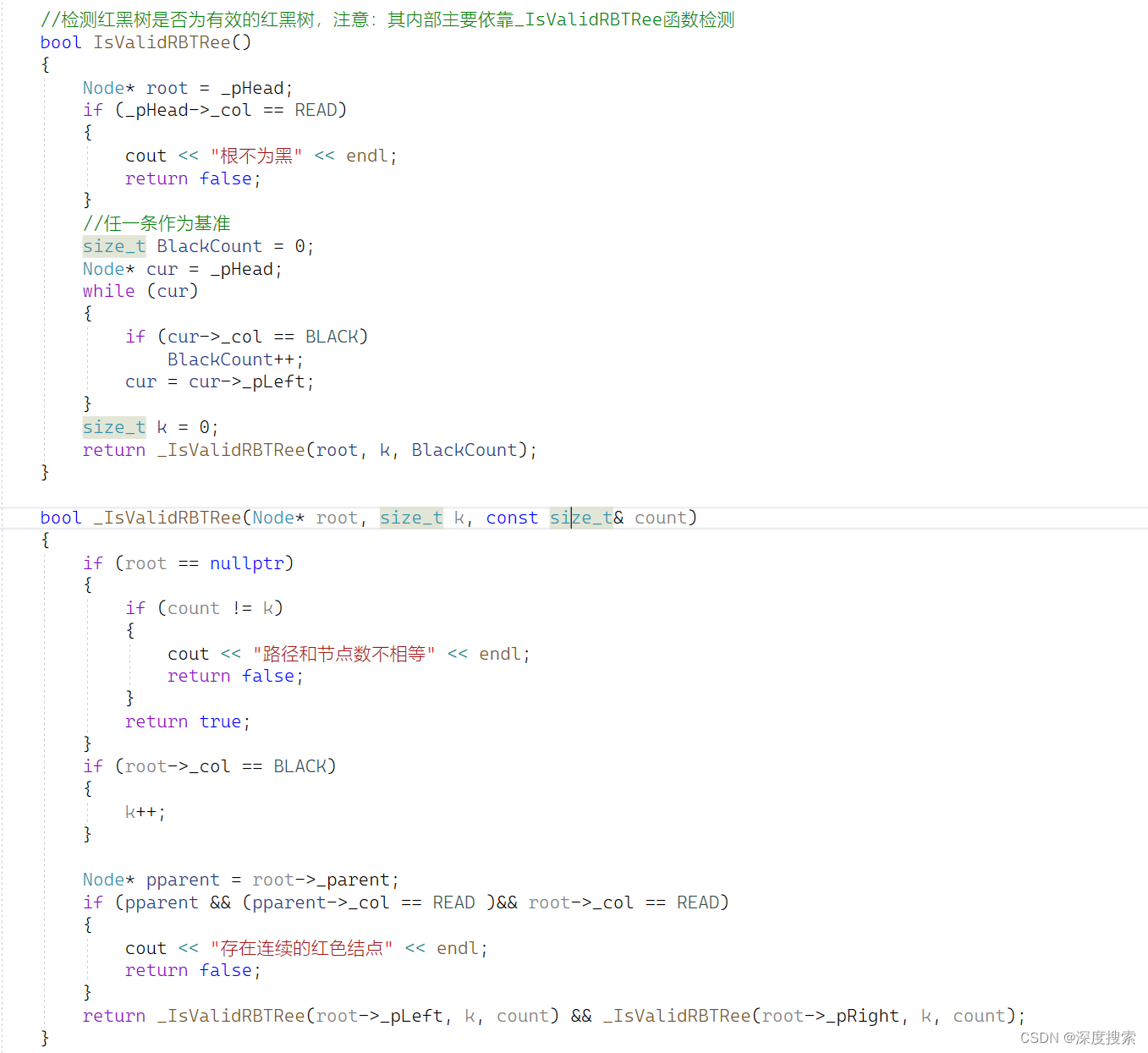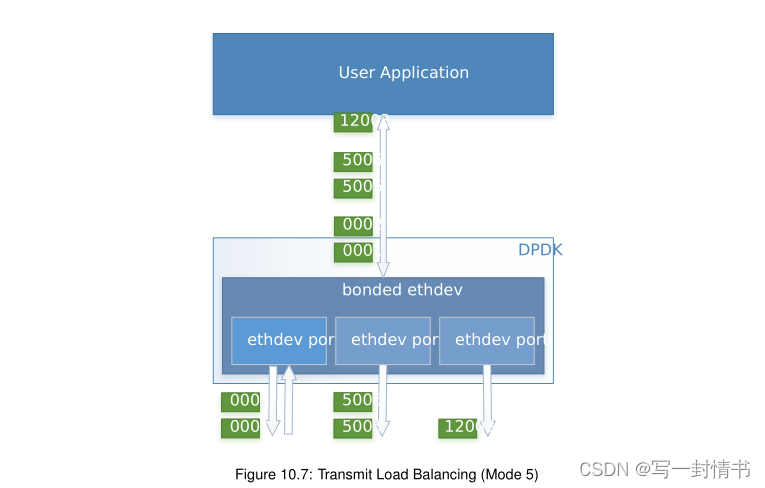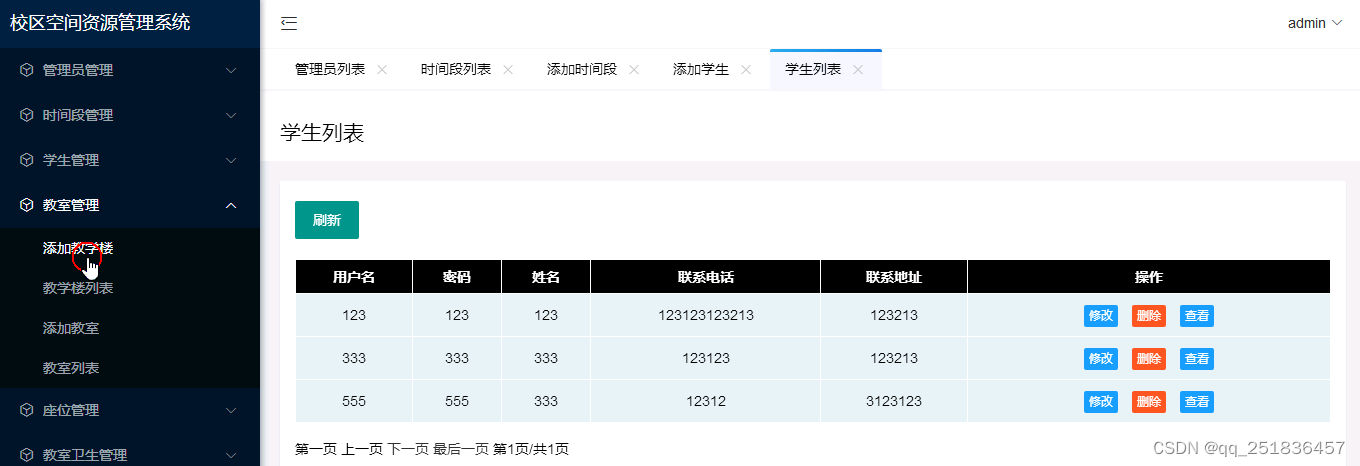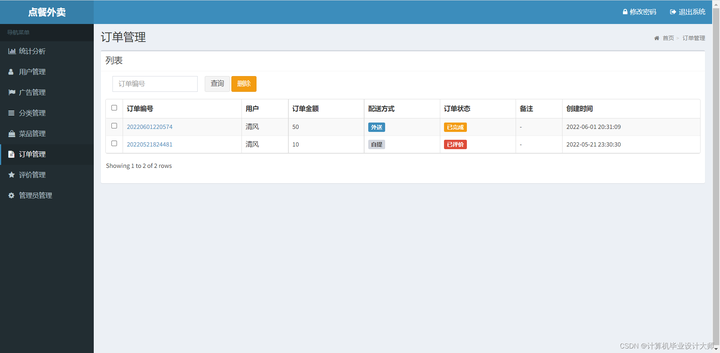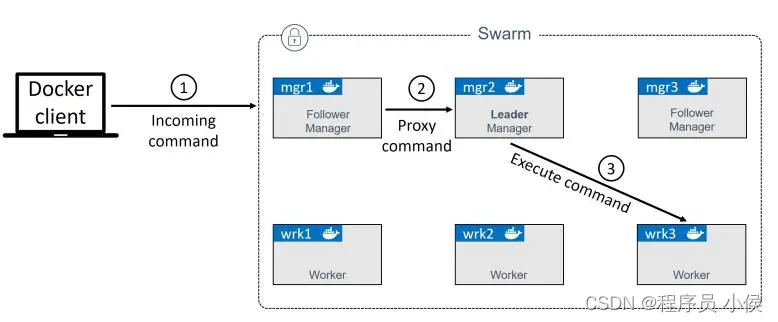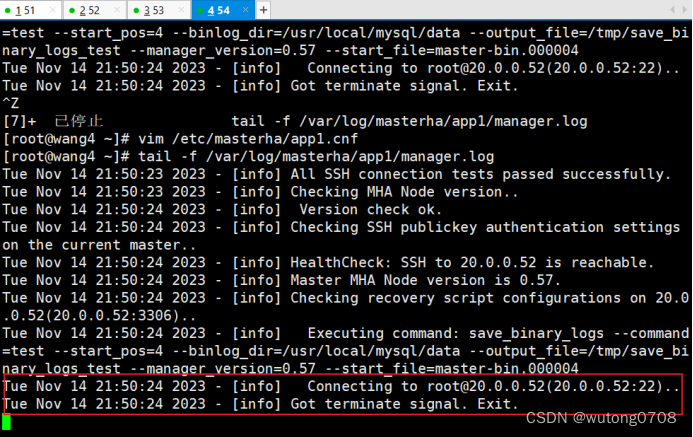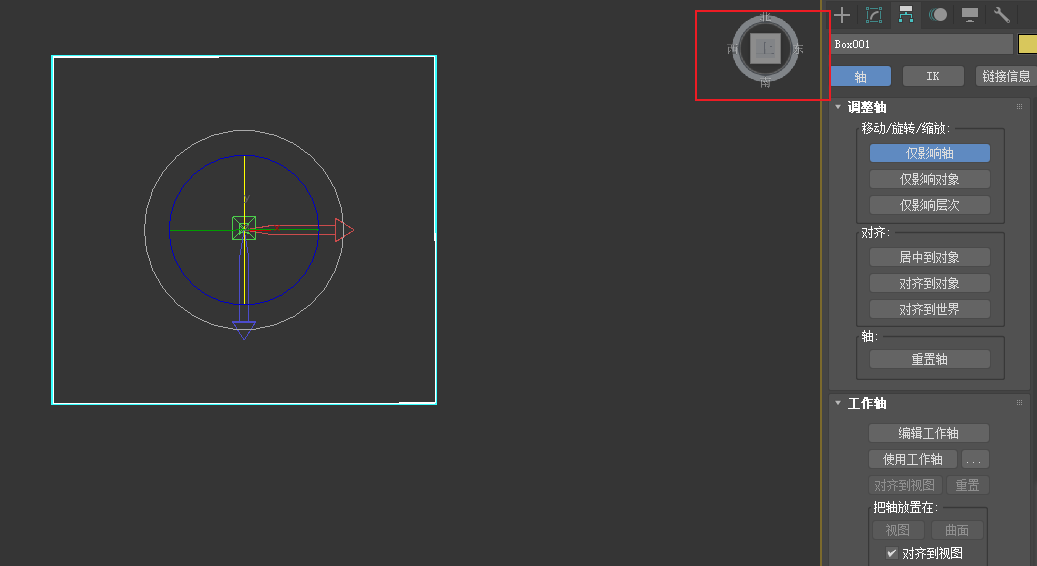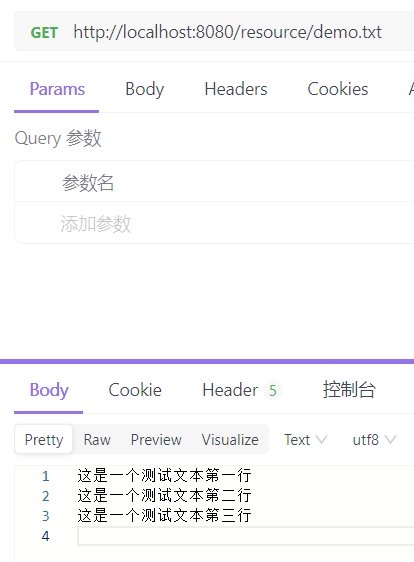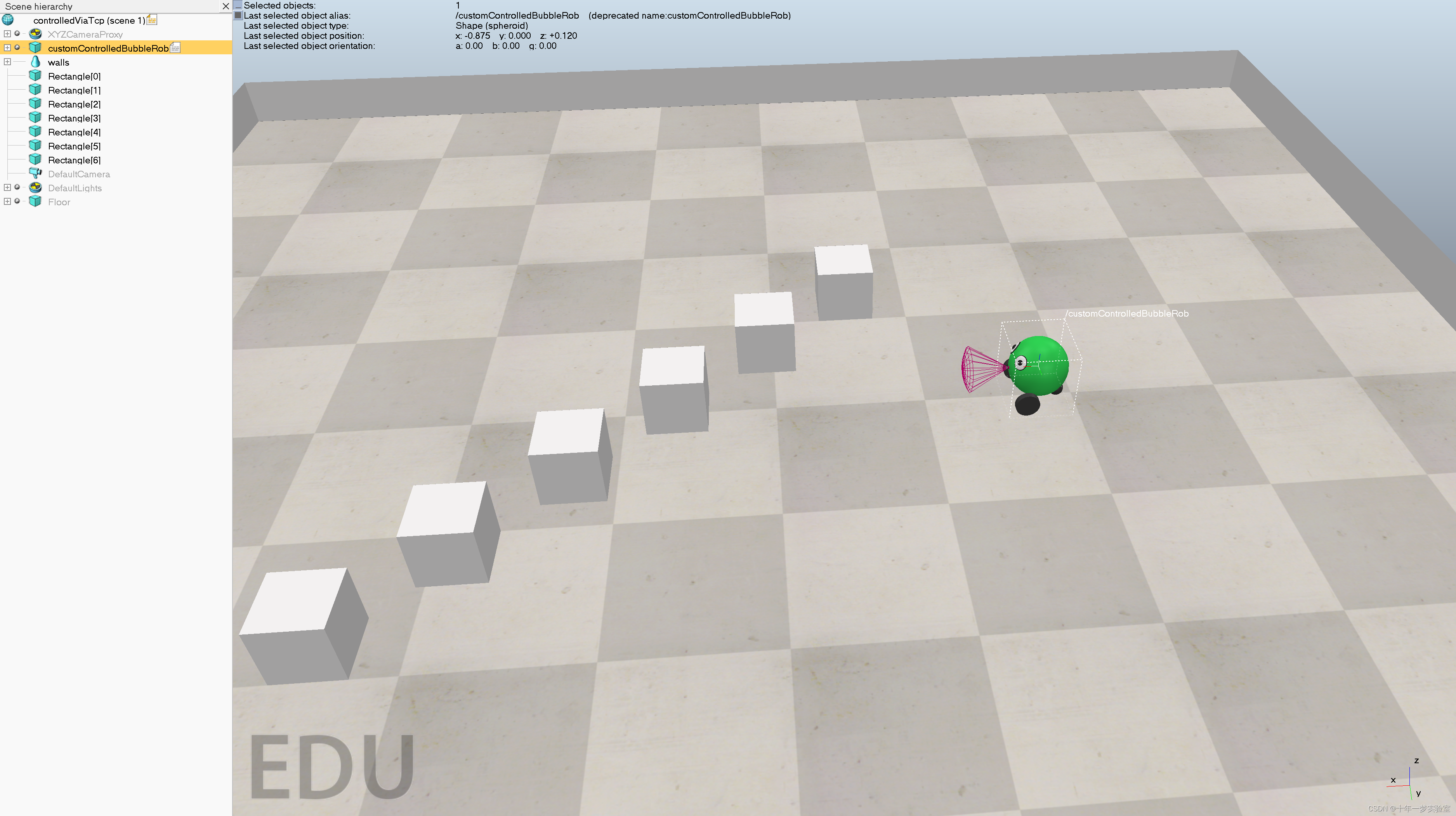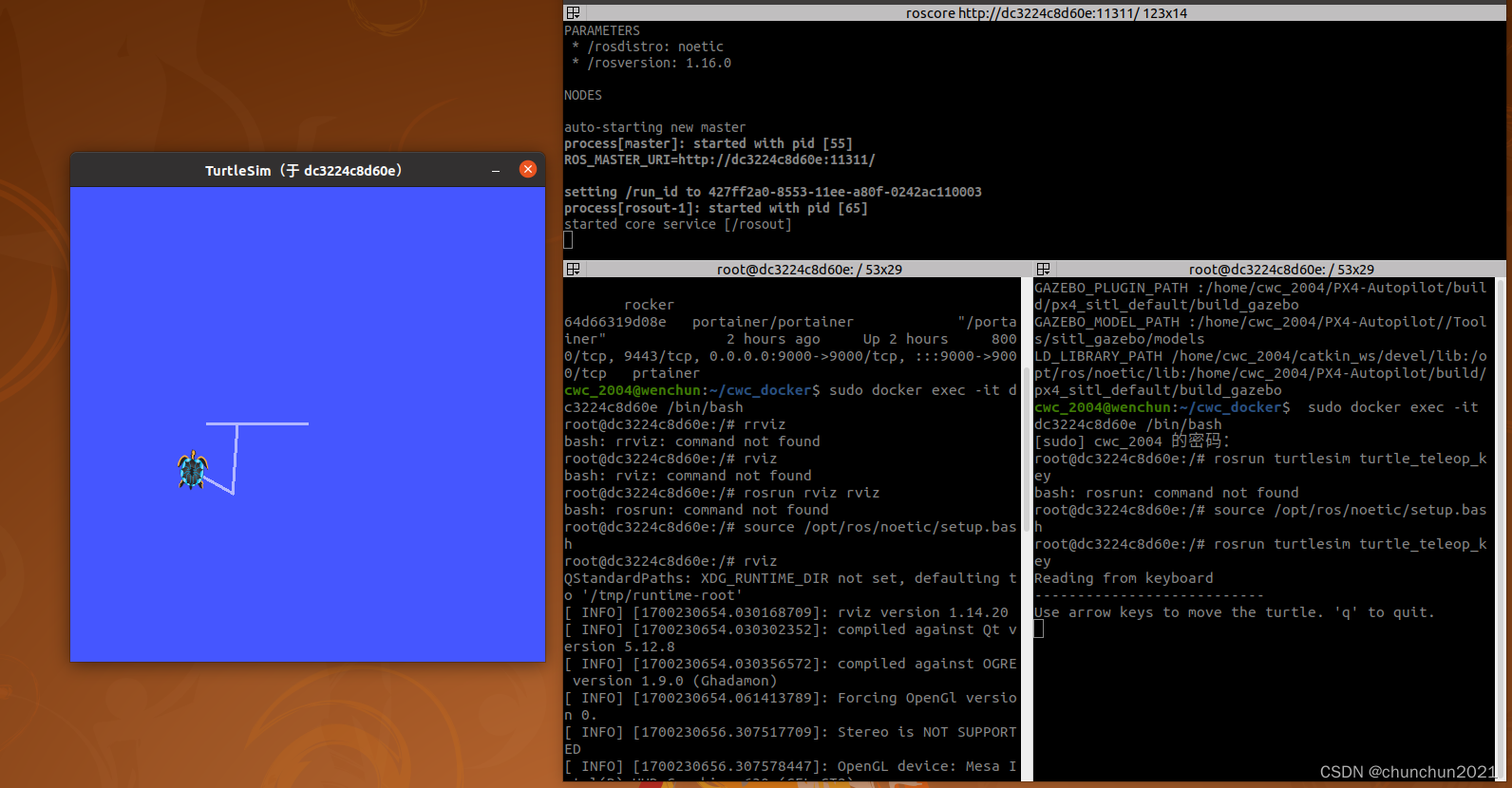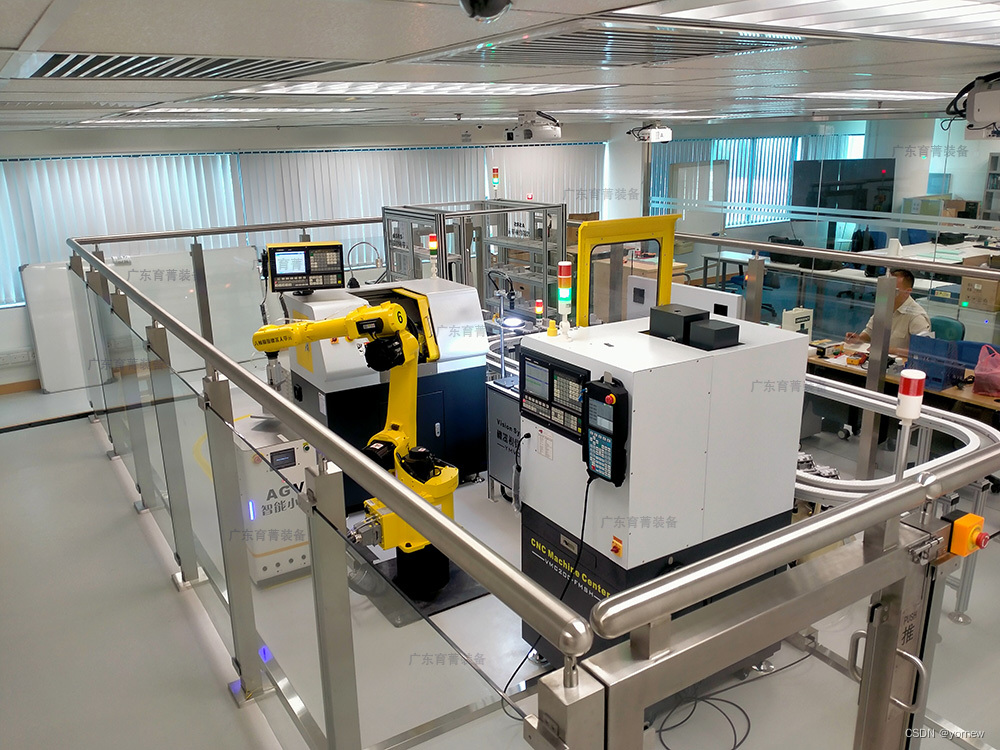# 都只是语法,无特殊意义
class Foo(object):def __init__(self,a1,a2):self.a1 = a1self.a2 = a2def __call__(self,*args,**kwargs):print(11111,args,kwargs)return 123def __getitem__(self, item):print(item)return 8def __setitem__(self, key, value):print(key,value,111111111)def __delitem__(self, key):print(key)def __add__(self, other):return self.a1+ other.a2def __enter__(self):print('111')return 999def __exit__(self, exc_type, exc_val, exc_tb):print('222')# 1.类名() 自动执行 __init__
obj = Foo(1,2)
# 2.对象() 自动执行 __call__
res=obj(6,4,2,k1=456)
print(res)
print("#"*20)
# 3.对象[] 自动执行 __getitem__
ret= obj['yu']
print(ret)
print("#"*20)
# 4.对象['xx']=11 自动执行 __setitem__
obj['k1'] = 123
print("#"*20)
# 5.del 对象[xx] 自动执行 __delitem__
del obj['aaa']
print("#"*20)
# 6.对象+对象 自动执行 __add__
obj1 = Foo(1,2)
obj2 = Foo(88,99)
ret=obj2+obj1
print(ret)
print("#"*20)
# 7.with 对象 自动执行 __enter__ / __exit__
with obj as f:print(f)print('内部代码')
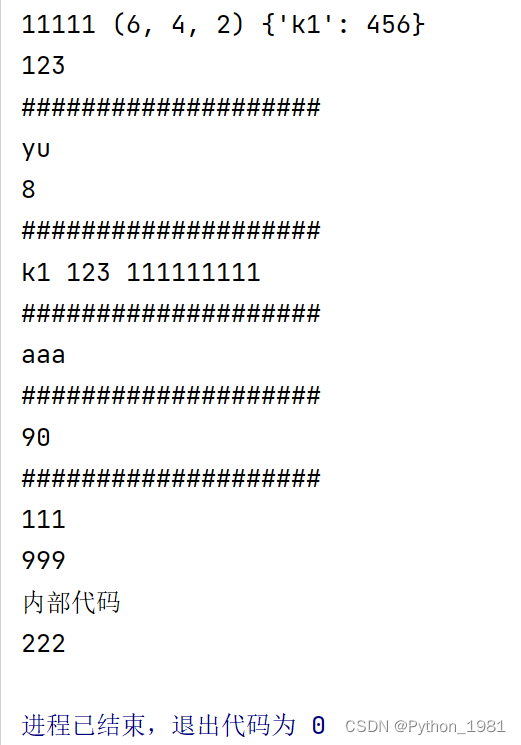
# 8.真正的构造方法 class Foo(object):def __init__(self, a1, a2): # 初始化方法"""为空对象进行数据初始化:param a1::param a2:"""print(1)self.a1 = a1self.a2 = a2def __new__(cls,*args,**kwargs): # 构造方法"""创建一个空对象:param args::param kwargs:"""print(2)v1=object.__new__(cls) # Python内部创建一个当前类的象(初创时内部是空的.)print(v1)return v1obj = Foo(1,2) print(obj)

